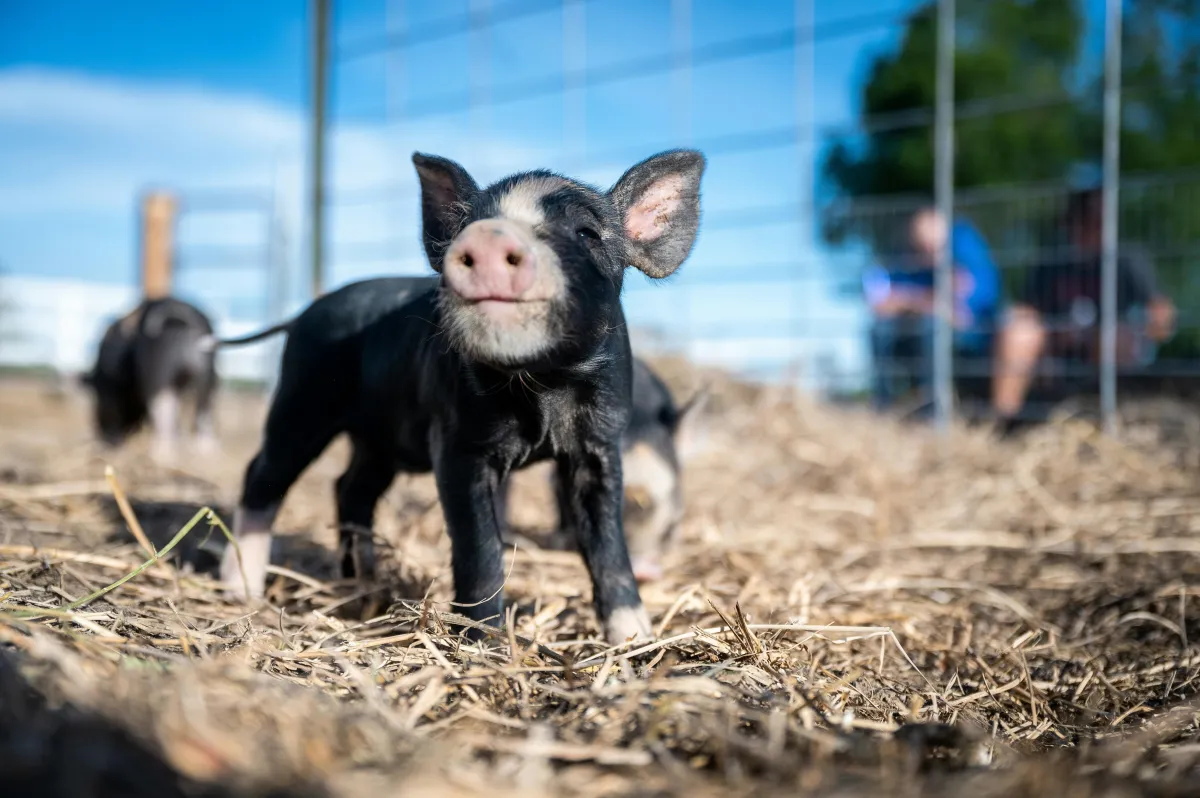
Sustainable Living Practices: Zero-Waste Homesteading, Upcycling, and Eco-Friendly Habits
Sustainable Living Practices: Zero-Waste Homesteading, Upcycling, and Eco-Friendly Habits
Living sustainably is more than just a trend; it's a necessary shift toward preserving our environment for future generations. Homesteading offers a unique opportunity to embrace a lifestyle that minimizes waste and promotes eco-friendly practices. In this blog post, we will explore zero-waste homesteading, upcycling, and eco-friendly habits that can significantly reduce your environmental footprint.
Zero-Waste Homesteading
Understanding Zero-Waste
The zero-waste movement aims to reduce the amount of waste sent to landfills by rethinking how we consume and dispose of products. For homesteaders, this means adopting practices that minimize waste production at every stage of life on the homestead.
Composting
Composting is a cornerstone of zero-waste living. It involves breaking down organic waste like kitchen scraps and yard waste into nutrient-rich compost that can be used to enrich your soil.
How to Start Composting:
Choose a Composting Method: Options include traditional compost bins, worm composting, or bokashi composting.
Collect Organic Waste: Include fruit and vegetable scraps, coffee grounds, eggshells, and yard clippings. Avoid meat, dairy, and oils.
Maintain Your Compost: Turn the pile regularly and keep it moist to ensure proper decomposition.
Reducing Plastic Use
Eliminating single-use plastics is crucial for zero-waste living. On a homestead, this can be achieved by:
Using glass jars and containers for storage.
Bringing reusable bags and containers when shopping.
Making your own cleaning products and toiletries.
Bulk Buying
Buying in bulk reduces packaging waste and is often more economical. Look for bulk stores or farmers' markets where you can bring your own containers.
Upcycling on the Homestead
What is Upcycling?
Upcycling involves repurposing old or discarded items into something useful or beautiful, reducing the need to buy new products and keeping items out of landfills.
Upcycling Ideas for Homesteaders
Pallet Furniture: Old pallets can be transformed into furniture like tables, benches, and garden beds.
Mason Jar Projects: Use mason jars for storage, as planters, or even as light fixtures.
Repurposed Clothing: Turn worn-out clothing into rags, quilts, or new garments.
DIY Upcycling Projects
Creating a Vertical Garden:
Use old wooden pallets or ladders to create a vertical garden. Secure small pots or containers to the structure and plant herbs, flowers, or small vegetables.
Making a Chicken Coop from Recycled Materials:
Build a functional and stylish chicken coop using recycled wood, old windows, and other salvaged materials. Ensure it provides adequate shelter and ventilation for your chickens.
Eco-Friendly Habits
Conserving Water
Water is a precious resource, and conserving it is essential for sustainable living. Here are some tips for reducing water use on your homestead:
Install Rain Barrels: Collect rainwater to use for watering plants and livestock.
Use Drip Irrigation: This method delivers water directly to plant roots, reducing evaporation and waste.
Fix Leaks Promptly: Regularly check and repair any leaks in your plumbing system.
Growing Your Own Food
Producing your own food reduces the carbon footprint associated with transporting and packaging commercial produce. It also ensures that your food is free from harmful pesticides and chemicals.
Starting a Homestead Garden:
Choose the Right Location: Select a spot with ample sunlight and good soil drainage.
Plan Your Garden: Decide what vegetables, fruits, and herbs you want to grow and create a planting schedule.
Use Organic Practices: Avoid synthetic pesticides and fertilizers. Instead, use compost, natural pest deterrents, and crop rotation to maintain soil health.
Using Renewable Energy
Harnessing renewable energy sources is a significant step towards sustainable living. Consider these options for your homestead:
Solar Panels: Install solar panels to generate electricity for your home and reduce reliance on fossil fuels.
Wind Turbines: If you live in a windy area, a small wind turbine can be a good investment.
Solar Water Heaters: Use the sun's energy to heat your water, reducing the need for gas or electric heaters.
Reducing Energy Consumption
Simple changes can make a big difference in your energy usage:
Energy-Efficient Appliances: Invest in appliances with high energy efficiency ratings.
LED Lighting: Replace incandescent bulbs with energy-saving LED lights.
Insulation: Properly insulate your home to maintain a comfortable temperature and reduce heating and cooling costs.
Supporting Sustainable Brands
When you do need to purchase items, support companies that prioritize sustainability. Look for brands that use eco-friendly materials, ethical manufacturing processes, and minimal packaging.
Conclusion
Embracing sustainable living practices on your homestead is not only beneficial for the environment but also rewarding and fulfilling. By adopting zero-waste habits, upcycling, and incorporating eco-friendly practices into your daily life, you can significantly reduce your environmental footprint and create a more self-sufficient, resilient homestead.
About Us
We are a large, Christian, homeschooling homesteading family from Chino Valley, Arizona. (2 parents - Kris and Larry, 8 kids, some not so little any more and 3 spouses of the kids)
We have a fun Youtube channel, a blog, and a homestead shop with goat milk soap and lotion, signs, jewelry & more.
Copyright© 2025 KrisandLarry - All Rights Reserved.


Facebook
Instagram
Youtube
TikTok